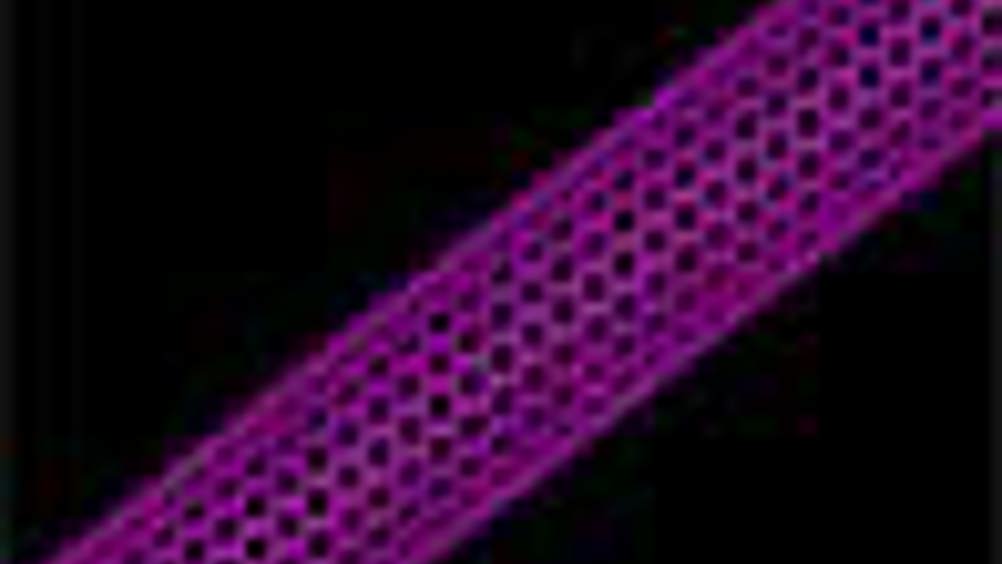Nanoskin makes a flexible friend
A team of researchers has developed a new process to make flexible, conducting “nanoskins” for a variety of applications.

A team of researchers has developed a new process to make flexible, conducting “nanoskins” for a variety of applications, from electronic paper to sensors for detecting chemical and biological agents. The materials combine the strength and conductivity of carbon nanotubes with the flexibility of traditional polymers.
Engineering the interface between the two materials for nanotube/polymer composites has proved difficult in the past. The new research has produced a way to get arrays of nanotubes into a soft polymer matrix without disturbing the shape, size, or alignment of the nanotubes.
Nanotube arrays typically don’t maintain their shape when transferred because they are held together by weak forces. But the team’s new procedure allows them to grow an array of nanotubes on a separate platform and then fill the array with a soft polymer. When the polymer hardens, it is peeled back from the platform leaving a flexible skin with organised arrays of nanotubes embedded throughout.
Register now to continue reading
Thanks for visiting The Engineer. You’ve now reached your monthly limit of news stories. Register for free to unlock unlimited access to all of our news coverage, as well as premium content including opinion, in-depth features and special reports.
Benefits of registering
-
In-depth insights and coverage of key emerging trends
-
Unrestricted access to special reports throughout the year
-
Daily technology news delivered straight to your inbox










INWED Engineering Profile: Naval Architect Ellie Driver
Not a woman I´d want to cross … oh, that was Elle Driver